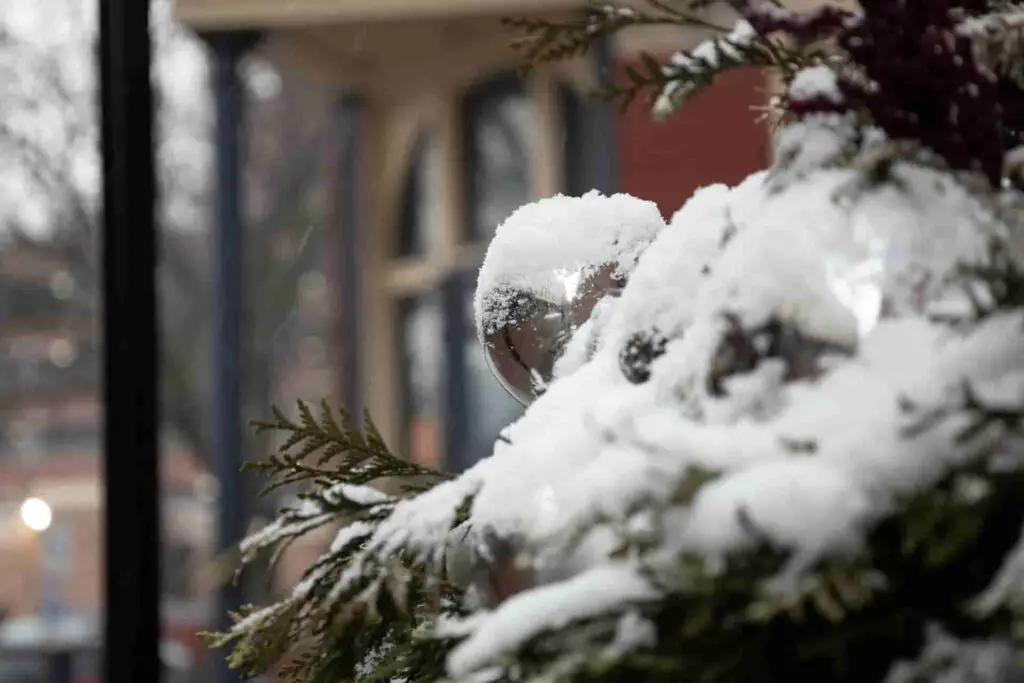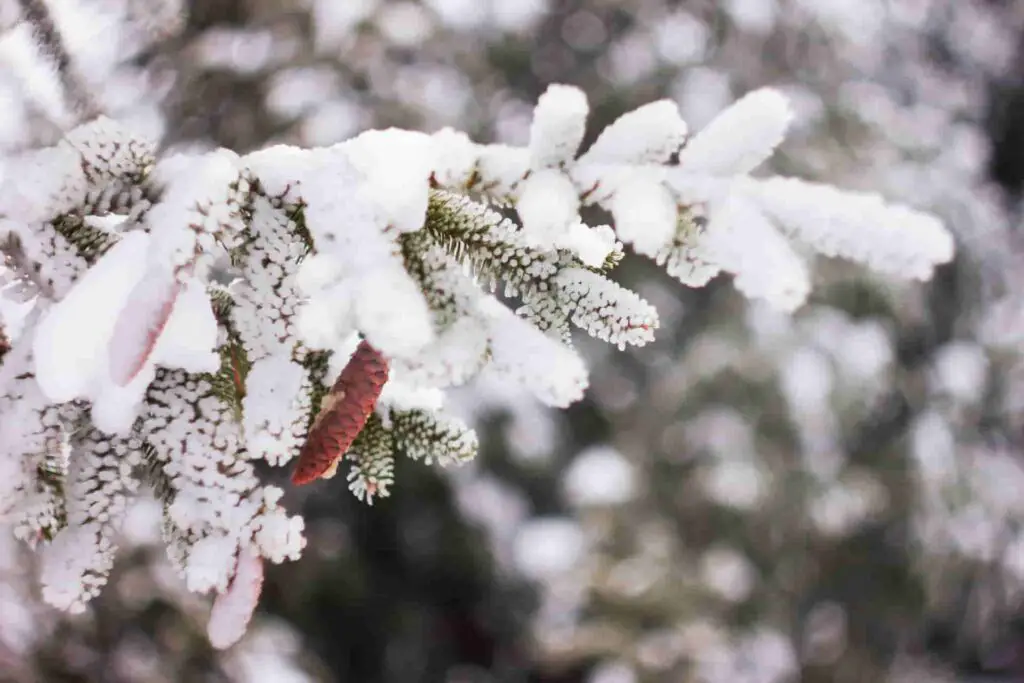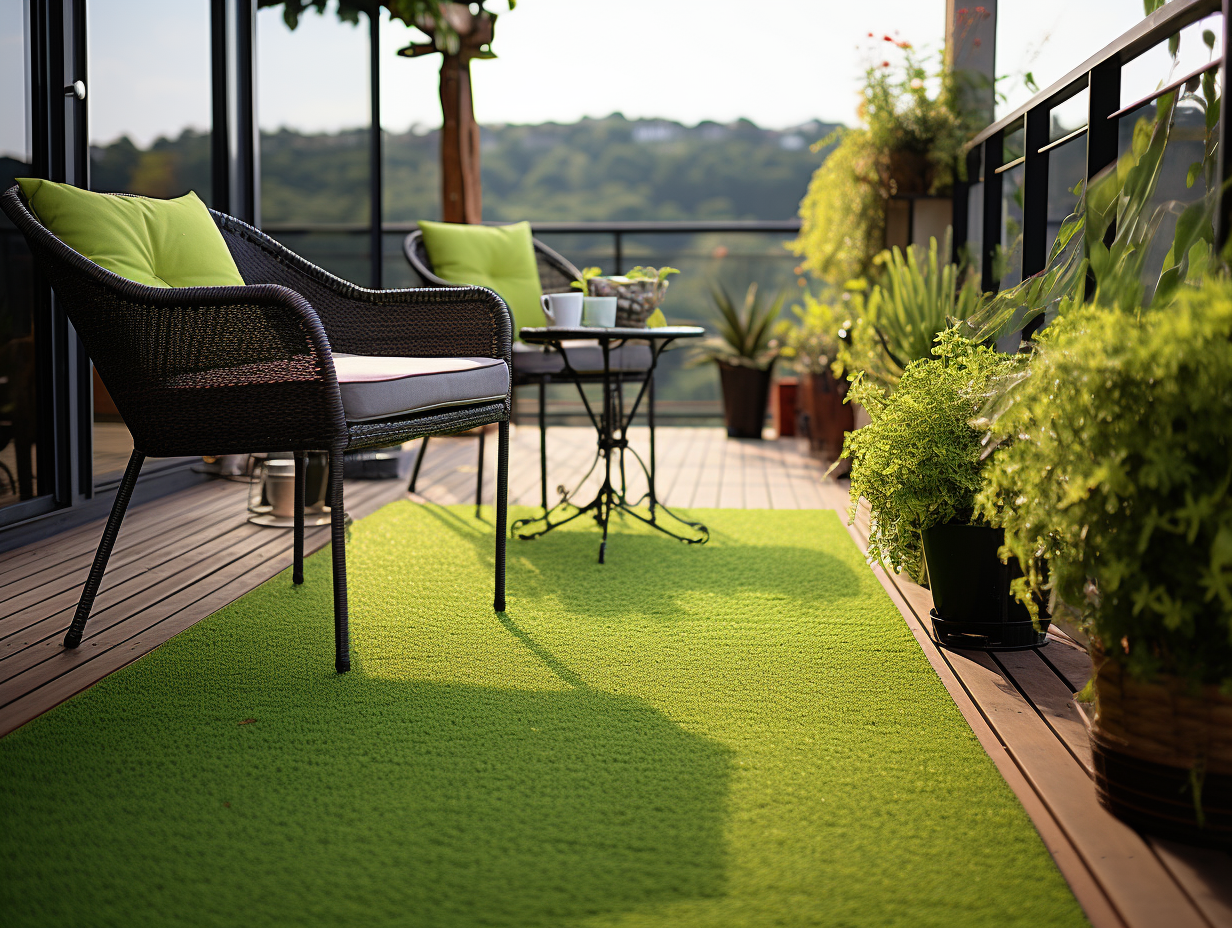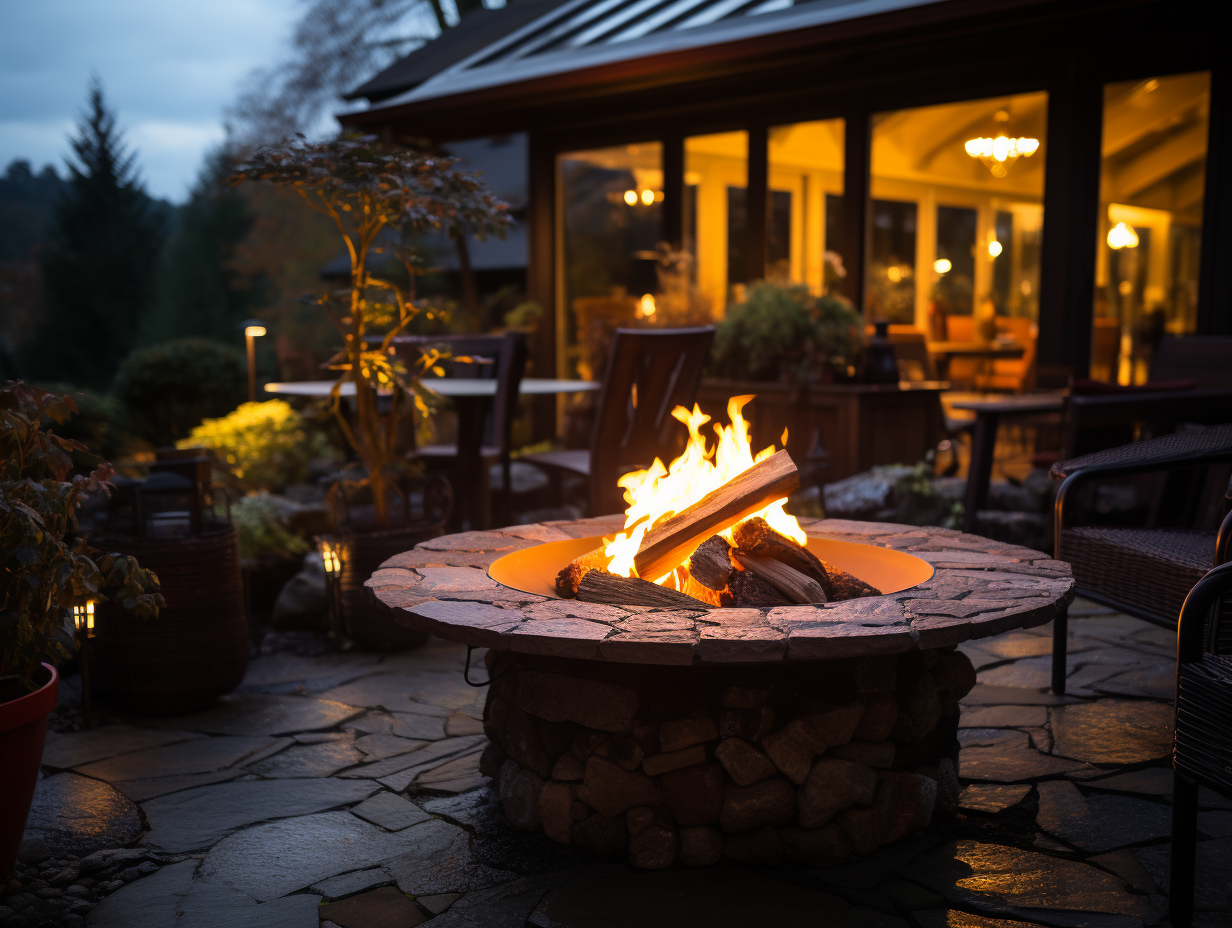As winter approaches, many gardeners are wondering if they need to take any precautions to protect their plants from the cold weather. One common question is whether or not a covered porch will provide enough protection from frost.
In this blog post, we’ll take a look at some of the factors that affect how well a porch protects plants from frost and offer some tips for keeping your plants safe during the winter.

Will a Covered Porch Protect Plants from Frost?
Yes, a covered or screened-in porch usually provides protection from light frost.
If you have plants that are particularly sensitive to cold, you may want to bring them inside on nights when the temperature is expected to dip below freezing.
If you are growing plants that are not cold-hardy, it is important to provide some type of protection from the frost. A covered porch can provide this protection and extend the growing season for these plants.
We found some great plant covers HERE
When choosing plants for a porch, make sure to select varieties that are appropriate for the climate and that will thrive in the type of environment created by a porch.
Some other things to keep in mind when trying to protect your plants from frost are:
– The type of plant. Some plants are more sensitive to cold than others.
– The size of the plant. Smaller plants are more likely to be damaged by frost than larger plants.
– The amount of time the plant has been exposed to the cold. The longer a plant is exposed to cold temperatures, the more likely it is to be damaged by frost.
– The temperature of the air. If the air temperature is below freezing, the plants are more likely to be damaged by frost.
The amount of protection a porch provides from frost depends on several factors, including the type of porch, the orientation of the porch, and the location of the porch.
Type of Porch: A solid roof will provide more protection from frost than a lattice roof.
Orientation of the Porch: A north-facing porch will provide more protection from frost than a south-facing porch.
Location of the Porch: A porch located in a sheltered spot will provide more protection from frost than a porch located in an exposed area.
Will Covering My Potted Plants Protect from Freeze?
Yes, Cover plants with sheets, towels, blankets, cardboard, or a tarp to protect them from all but the harshest freezes (28°F for five hours).
In areas where the ground may freeze, it’s a good idea to protect plants in pots by moving them into a sheltered location, such as a garage.
We found some great plant covers HERE
If you can’t move your plants, cover them with insulating material, such as bubble wrap or styrofoam peanuts. make sure the material is in direct contact with the pot to prevent conducting cold from the ground.
If you live in an area with very harsh winters, you may need to take additional measures to protect your plants, such as using a heat lamp or covering the pots with straw. Some plants are more susceptible to cold damage than others, so it’s important to research which plants are most likely to be affected in your area.
When covering plants, make sure the material is loosely fitted so that it doesn’t touch the leaves. This will prevent the material from damaging the leaves or trapping moisture, which can lead to fungal growth.
If you’re covering a large number of plants, you may want to build a makeshift greenhouse out of PVC pipe and plastic sheeting. This will provide extra insulation and prevent the material from blowing away in strong winds.

What Temperature Should I Cover My Plants for Frost?
If the temperature stays above 28°F for five hours, wrap your plants in fabric, blankets, towels, cardboard, or a tarp to protect them from the cold.
If the temperature falls below 28°F, bring your plants inside or cover them with a frost blanket.
When it comes to protecting your plants from frost, the key is to prevent the temperature from falling below 28°F for more than five hours. If you know that the temperature is going to dip below this threshold, take measures to insulate your plants.
This can be as simple as covering them with a blanket or tarp, or placing them in a protected area such as a garage or shed. If the temperature is expected to stay below 28°F for an extended period of time, you may need to bring your plants inside.
While it is possible to protect your plants from frost damage, it is always best to take preventive measures to avoid this problem in the first place. When choosing plants for your garden, be sure to select varieties that are known to be resistant to frost.
And be sure to give them plenty of space to grow, as crowded plants are more susceptible to damage from the cold. With a little bit of planning, you can enjoy a beautiful garden even in the coldest months of the year.
How Do You Protect Large Potted Plants from Frost?
There are a few things you can do to protect your large potted plants from frost. One is to bring them inside during the night or when cold weather is expected.
Another is to wrap them in blankets or burlap. And finally, you can place them on top of a layer of mulch, which will help insulate them from the cold.
Should I Cover My Plants at 39 Degrees?
If you’re wondering whether or not to cover your plants at 39 degrees, the answer is generally yes.
While some plants can withstand colder temperatures, most will benefit from a little extra protection when the mercury dips. If you’re unsure about a particular plant, it’s always best to err on the side of caution and give it a little shelter.
Here are a few things to keep in mind when covering your plants:
– Use a light fabric that will allow sunlight and air to reach the plants. A heavy tarp or plastic sheet can actually do more harm than good by trapping too much heat and preventing ventilation.
We found some great plant covers HERE
– Make sure the cover extends all the way to the ground. This will create a microclimate that will be more conducive to plant growth.
– Use stakes or weights to keep the cover from blowing away in windy weather.
By following these simple tips, you can help your plants thrive even when the temperature dips.
Should I Cover My Plants at 32 Degrees?
Yes, it is a good idea to cover your plants at 32 degrees. This will protect them from frost damage.
Be sure to use a lightweight fabric so that the plant can breathe. Also, be sure to remove the covering during the day so that the plant can get some sunlight.
If it’s a cold night with little wind, covering your plants can help them stay warm. But if it’s a warm night with lots of wind, covering your plants can actually make them hotter. So, it’s important to know your plants and the weather conditions before you make a decision.
Conclusion
It’s not always possible to bring tropical plants inside when frost is in the forecast, but you can help protect them by covering them with a tarp or blanket. This will help insulate them from the cold and prevent damage.

![What Gravel To Use For Patio Base [Best Options]](https://www.cleverpatio.com/wp-content/uploads/2021/11/What-Gravel-To-Use-For-Patio-Base-270x180.jpg)


Leave a Reply